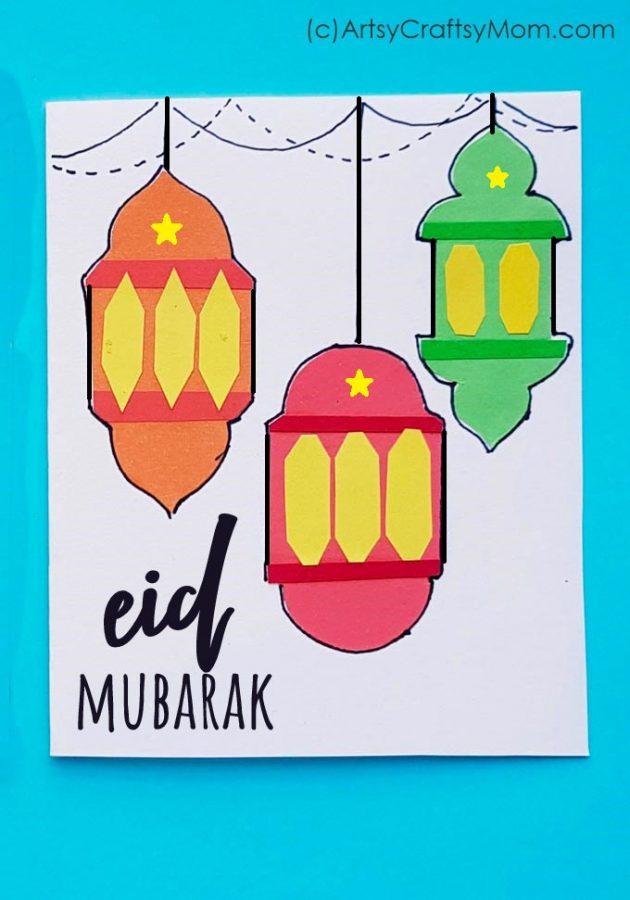
Things to Write in an Eid Card: A Comprehensive Guide for Heartfelt Greetings
Eid: A Time for Joy, Gratitude, and Reflection
Eid is a joyous celebration that marks the end of Ramadan, a month dedicated to fasting, prayer, and spiritual reflection. It is a time for families and communities to come together, exchange gifts, enjoy feasts, and express their gratitude to Allah.
Finding the Perfect Words
Sending an Eid card is a thoughtful way to convey your love, respect, and best wishes to your loved ones. However, finding the right words to write can be a daunting task. Here’s a comprehensive guide to help you craft heartfelt and meaningful messages.
Understanding Eid
Eid originates from the Arabic word “fatiha,” which means “opening.” It symbolizes the opening of the heavens and the forgiveness of sins. Eid al-Fitr, celebrated at the end of Ramadan, marks the breaking of the fast, while Eid al-Adha, celebrated after the Hajj pilgrimage, commemorates the story of Prophet Ibrahim and his unwavering faith in Allah.
Dos and Don’ts of Eid Card Writing
Do’s:
- Begin with a warm greeting, such as “Eid Mubarak” or “May the blessings of Eid be upon you.”
- Express your gratitude for the receiver’s well-being and happiness.
- Share a special memory or incident that reflects the bond you share.
- Use heartfelt and sincere language to convey your love and well wishes.
- End with a positive and hopeful message, such as “May this Eid bring you joy, peace, and prosperity.”
Don’ts:
- Use overly formal or religious language that may not resonate with all recipients.
- Include inappropriate or controversial content.
- Make assumptions about the receiver’s beliefs or lifestyle.
- Be too brief or dismissive in your message.
Expert Advice for Meaningful Greetings
- Personalize your message: Mention specific events or memories that connect you to the recipient.
- Focus on the true spirit of Eid: Remember that Eid is about joy, gratitude, and forgiveness.
- Use creative language: Don’t be afraid to express yourself in a unique and memorable way.
- Proofread carefully: Ensure that your message is error-free and easy to understand.
- Consider the receiver’s age and relationship: Tailor your message accordingly to reflect the recipient’s level of understanding and your bond with them.
FAQ on Eid Card Writing
Q: What is the proper way to address the recipient in an Eid card?
A: You can address the recipient by their first name, a respectful title (e.g., “Dear Uncle” or “Dear Sister”), or the Arabic greeting “Assalamu Alaikum” (Peace be upon you).
Q: Is it appropriate to write a religious message in an Eid card?
A: Yes, if you are confident that the recipient shares your religious beliefs. However, it is best to keep the message brief and respectful.
Conclusion
Crafting a thoughtful Eid card is an opportunity to express your love, gratitude, and well wishes to the people you care about. By incorporating the tips and advice outlined in this guide, you can create heartwarming messages that will be cherished for years to come.
Are you interested in learning more about Eid and its traditions? Let us know in the comments below!

Image: www.youtube.com